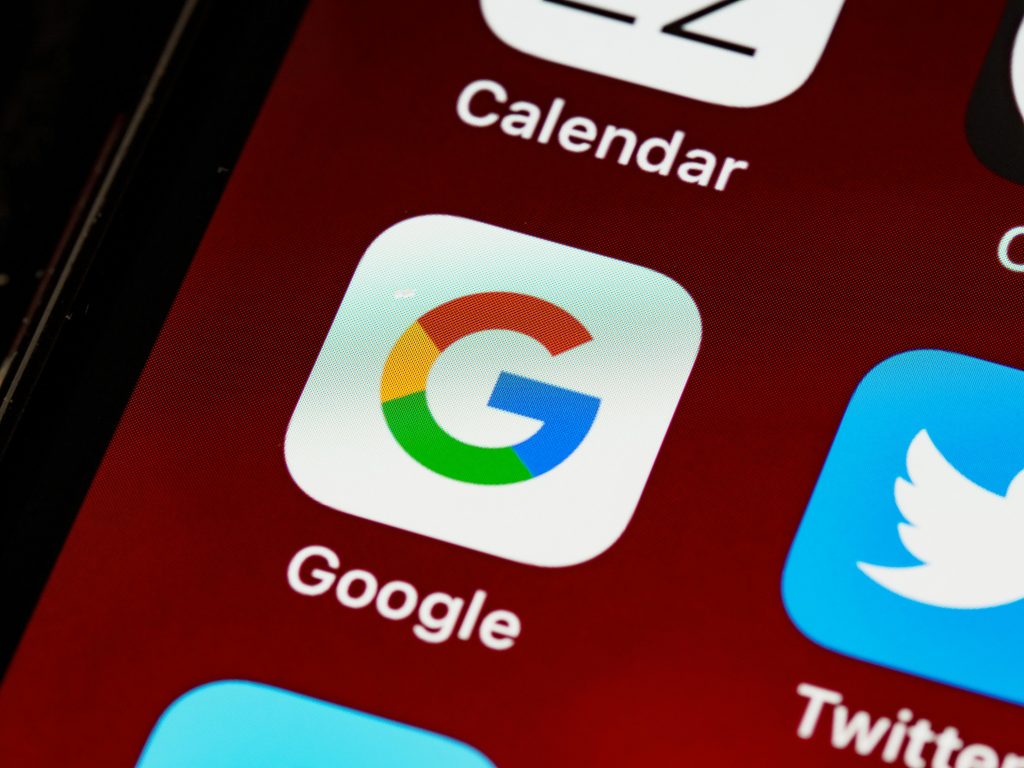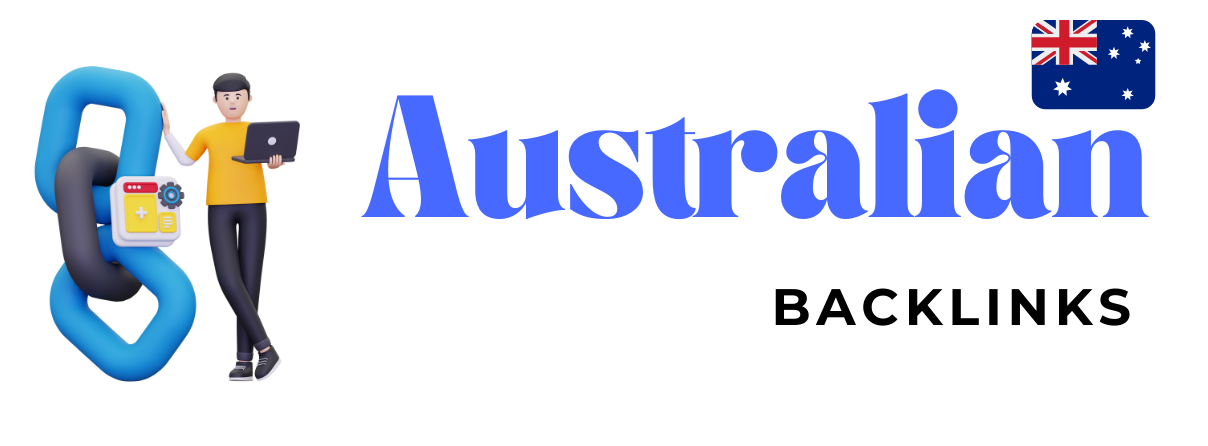Introduction
Podcasts have become one of the most dynamic platforms for sharing expertise, building authority, and reaching highly engaged audiences. Appearing as a podcast guest can give you more than just exposure — it’s an opportunity to generate brand awareness, backlinks, qualified leads, and long-term credibility.
But unlike casual conversations, podcast interviews demand preparation and strategy. Whether you’re a CEO, consultant, author, or creative professional, how you show up in a podcast interview can make the difference between sounding forgettable and leaving a lasting impression that turns listeners into loyal fans.
In this first half of the article, we’ll explore:
- Why podcast guest interviews matter.
- The mindset shift you need before stepping behind the mic.
- Research and preparation strategies.
- Crafting your core message and narrative.
- Technical and logistical setup to avoid amateur mistakes.

In the second half, we’ll dive into advanced delivery techniques, handling tough questions, repurposing content, and post-interview follow-up strategies that maximize value.
Why Podcast Guest Interviews Are a Big Opportunity
Appearing as a podcast guest is different from writing a guest blog or delivering a keynote. Podcasts are:
- Intimate and long-form: Listeners often tune in for 30–60 minutes. That’s extended, one-on-one time to tell your story.
- Evergreen: Once published, episodes remain accessible indefinitely. Unlike a tweet, they don’t disappear in a feed.
- Authority builders: Listeners tend to view podcast guests as thought leaders. Being “introduced” by a host transfers credibility.
- SEO assets: Podcast show notes often link to your site, offering backlinks and referral traffic.
- Relationship drivers: Podcast hosts often become valuable long-term contacts.
To capitalize on this, preparation is key. Winging it might work for casual chats, but in podcasting, listeners can tell if you’re unprepared.
Step 1: Shift Your Mindset — It’s Not About You
Many first-time podcast guests make the mistake of focusing solely on self-promotion. They show up with an agenda to sell their product, plug their book, or hype their brand.
This approach backfires. Listeners don’t tune in for ads — they tune in for stories, insights, and learning.
Mindset Shift:
- Think of yourself as a teacher or storyteller.
- Your job is to serve the host’s audience by giving them value.
- The more value you deliver, the more naturally people will seek you out afterwards.
Ask yourself before every interview:
“What will this audience walk away knowing, understanding, or feeling that they didn’t before?”
Step 2: Research the Podcast and Its Host
Every podcast has a unique vibe, format, and audience. Preparation starts with studying the context.
- Listen to 3–5 recent episodes: Note the host’s style. Do they prefer structured Q&A or casual banter?
- Understand the audience: Are they beginners, advanced professionals, or general public? Tailor your language accordingly.
- Check past guests: This reveals the caliber and background the host values.
- Review the host’s bio: Familiarity with their background makes rapport-building easier.
- Identify recurring themes: Many hosts revisit certain topics or frameworks.
Pro Tip: Take notes on how guests introduce themselves and how much detail the host allows. This will help you craft your own introduction.
Step 3: Define Your Core Message
Podcasts often run 30–60 minutes, but listeners typically remember only 1–2 key ideas. Define yours in advance.
- Craft a “North Star Message”: The central takeaway you want every listener to walk away with.
- Develop 3–4 Supporting Points: Stories, examples, or frameworks that reinforce your message.
- Have a Call-to-Action (CTA): A simple, non-salesy way for listeners to connect with you (e.g., download a free guide, visit a landing page, connect on LinkedIn).
Framework Example:
- North Star: “Small businesses can use AI tools without big budgets.”
- Supporting Points:
- Case study of a startup automating emails with free tools.
- Tips for integrating AI into workflows.
- Mistakes to avoid when adopting AI.
- CTA: “Download my free AI Starter Kit at [website.com/AIkit].”
Step 4: Prepare Stories and Anecdotes
Facts tell, but stories sell. Podcasts are conversational, and listeners engage more with personal stories than bullet-point lists.
- Prepare 3–5 short anecdotes that illustrate your expertise.
- Use the S.T.A.R. method (Situation, Task, Action, Result) to structure stories.
- Mix professional and personal narratives for relatability.
Example: Instead of saying, “I help companies scale marketing with automation,” you might tell:
“One client was spending 20 hours a week on manual reporting. We implemented a simple automation, and now they spend just 1 hour — and reinvest the saved time into strategy.”
Step 5: Anticipate Questions
While you can’t predict every question, most podcasts follow predictable arcs:
- Background: “Tell us how you got started…”
- Challenges: “What obstacles did you face?”
- Insights: “What advice would you give to someone starting out?”
- Future: “Where do you see the industry heading?”
- CTA: “Where can listeners learn more about you?”
Exercise: Write down at least 10 likely questions and rehearse concise answers.
Step 6: Technical Setup
Even if your insights are brilliant, poor audio quality will ruin the experience. Invest in basics:
- Microphone: USB mics like Blue Yeti, Samson Q2U, or XLR setups if you podcast often.
- Headphones: Closed-back to prevent echo/feedback.
- Quiet Space: Avoid echoey rooms; soft furnishings absorb sound.
- Internet: Wired connection preferred; close bandwidth-heavy apps.
- Backup Recording: Some hosts ask you to record your side locally as a backup (use Audacity, QuickTime, or Riverside).

Checklist Before Recording:
- Mic connected and tested.
- Headphones on.
- Notifications silenced.
- Glass of water handy.
- Browser tabs with notes open.
Step 7: Practice Your Delivery
- Pace: Speak slightly slower than normal. Excitement often makes guests rush.
- Energy: Smile while speaking; it comes through in your voice.
- Clarity: Avoid jargon unless audience is highly specialized.
- Length: Keep answers concise (2–3 minutes max), unless prompted to go deeper.
Pro Tip: Record a mock interview with a friend or coach, then listen back to identify filler words (“um,” “you know”), distracting habits, or rambling.
1. Build Rapport with the Host
The relationship between you and the host sets the tone. If the chemistry feels stiff, listeners notice.
- Start Off-Mic: Join the recording a few minutes early to chat casually. Compliment a recent episode or ask about their audience.
- Respect Their Expertise: Even though you’re the guest, acknowledge the host’s role. Phrases like “That’s a great point you raised earlier” make the conversation feel collaborative.
- Mirror Their Style: If they’re energetic, match their energy. If they’re thoughtful and calm, slow down your pace.
2. Master Storytelling
Long-winded technical answers lose listeners. Storytelling keeps them hooked.
Techniques:
- Bookend Method: Start with a problem, explain your process, end with results.
- Emotion Anchors: Describe what you felt or what your client struggled with. Emotion makes stories relatable.
- Audience Alignment: Ask yourself mid-story, “How does this help the listener?” and tie it back.
Example Transition:
“When I worked with a client struggling to scale, we discovered the issue wasn’t marketing spend — it was how they managed leads. That’s something I think many of your listeners might be facing too…”
3. Handle Unexpected or Difficult Questions
Hosts sometimes throw curveballs to make the conversation authentic. Instead of freezing:
- Pause: A few seconds of silence is fine. Collect your thoughts.
- Bridge Technique: Acknowledge the question, then pivot to your message.
- Example: “That’s an interesting angle. While there’s debate on that, what I’ve found works consistently is…”
- Be Honest: If you don’t know, admit it — but suggest where listeners can learn more. Authenticity builds credibility.
4. Deliver Your Call-to-Action Smoothly
One of the biggest podcast-guest mistakes is a pushy or confusing CTA.
Best Practices:
- Offer one simple action, not five.
- Use a memorable, easy-to-say URL. Create a custom landing page for each podcast if possible.
- Frame it as value-first:
- Bad: “Go buy my course at…”
- Good: “I created a free checklist for your audience at…”
Example CTA Script:
“If you want to dive deeper, I put together a free toolkit at mywebsite.com/podcastname. It’s got templates and examples you can use right away.”
5. Engage with Energy and Presence
Listeners can hear if you’re multitasking or distracted. Stay present:
- Close other tabs.
- Use hand gestures (they help vocal expressiveness).
- Nod and “mm-hmm” occasionally to signal active listening.
- Smile often — it changes your vocal tone.
Post-Interview Strategies
Securing the interview is just the beginning. How you follow up determines the long-term ROI of your appearance.
1. Confirm Show Notes and Backlinks
When the episode goes live:
- Check the show notes page. Ensure your homepage, LinkedIn, and resource links are included.
- Verify that links work and ideally are dofollow.
- If missing, politely email the host/producer: “Thanks again for having me on! I noticed the show notes didn’t include the free resource I mentioned — would it be possible to add that link? I know it’ll help your listeners.”
2. Promote the Episode
Hosts appreciate guests who help spread the word. Promotion also benefits you.
- Share on LinkedIn, Twitter, Instagram Stories, or email newsletters.
- Tag the host and podcast.
- Write a short post: “Had an amazing time on [Podcast Name] discussing [Topic]. Here’s what we covered…”
- Repurpose quotes into graphics or audiograms (tools: Headliner, Canva).
3. Repurpose for Content Marketing
One podcast appearance can fuel multiple content pieces:
- Blog Post: Turn the transcript into an article summarizing key lessons.
- LinkedIn Carousel: Highlight 3–4 big insights with visuals.
- YouTube Shorts/TikToks: Cut 60-second highlights.
- Email Campaign: Share the episode with your subscribers and tie it into a tip or resource.
This not only multiplies exposure but also strengthens SEO (embedding the podcast player + show notes link).
4. Nurture the Relationship with the Host
Podcast hosts are influencers in their niche. Treat the relationship as long-term:
- Send a thank-you email.
- Leave them a positive review on Apple Podcasts.
- Offer to introduce them to another potential guest.
- Stay in touch — comment on their content or share new updates.
Strong relationships may lead to repeat appearances or referrals to other shows.
Measuring Success
How do you know if your podcast-guest strategy is working? Track:
- Backlinks secured: Did your appearance generate 1–3 quality links?
- Referral traffic: Use Google Analytics with UTM tags to track traffic from show notes.
- Leads generated: Did podcast listeners download your free resource or join your mailing list?
- Social growth: Did your LinkedIn or Twitter followers increase after the episode?
- SERP visibility: Long-tail keywords from transcripts may bring organic traffic.
Advanced Tips for Seasoned Guests
1. Segment-Specific Landing Pages
Instead of generic CTAs, build podcast-specific landing pages:

- Example: “mywebsite.com/supplychainpodcast.”
- Increases conversions and helps track ROI.
2. Pre-Interview Asset Kit
Send the host a guest kit including:
- Bio (short and long versions).
- Headshot.
- Website/social links.
- Suggested intro and topics.
This makes the host’s job easier and ensures links are included.
3. Batch Recordings
Schedule multiple interviews in the same week. Helps you get into “performance mode” and repurpose content in one workflow.
4. Track Mentions with Alerts
Set up Google Alerts or use Mention.com to monitor when your podcast interviews go live across different sites.
5. Turn Interviews into Evergreen PR Assets
Add a “Featured On” section to your website listing podcast logos. This builds authority and social proof.
Common Mistakes to Avoid
- Rambling Answers: Keep stories tight; don’t lecture.
- Ignoring Audience Context: Speaking too technically to a beginner audience or oversimplifying for advanced listeners.
- Skipping Promotion: Not sharing the episode reduces goodwill with the host.
- Forgetting Backlinks: Missing out on SEO value by not confirming show notes.
- Overloading CTA: Too many links confuse listeners; stick to one.
Conclusion
Podcast guest interviews are one of the most effective and underutilized channels for building authority, generating backlinks, and reaching targeted audiences. But success doesn’t happen by accident.
To prepare effectively, you need:
- The right mindset (serve the audience, not yourself).
- Deep research on the podcast and host.
- A clear core message and CTA.
- Polished storytelling and delivery skills.
- Technical setup that avoids poor audio quality.
- Strategic post-interview actions (promote, repurpose, and nurture relationships).

When done right, each interview becomes more than a one-off conversation — it’s a content asset, SEO booster, and credibility builder that compounds value over time.
FAQs
1. How early should I prepare for a podcast interview?
Ideally 1–2 weeks in advance. Use that time to research the host, craft your message, and rehearse.
2. Do I need expensive equipment?
No. A quality USB microphone (like Samson Q2U or Blue Yeti) and headphones are sufficient. The key is clarity and no background noise.
3. How long should my answers be?
Aim for 2–3 minutes per answer. Enough depth to provide value, but not so long that it turns into a monologue.
4. Should I script my answers?
No. Prepare talking points and stories, but avoid word-for-word scripts. Podcasts should sound conversational.
5. How do I make sure I get backlinks?
Check the show notes when the episode goes live. Politely ask the host/producer to include your website and resource links.
6. How can I maximize ROI from podcasts?
Repurpose content into blogs, social posts, and landing pages. Use UTM parameters to track traffic and conversions.



